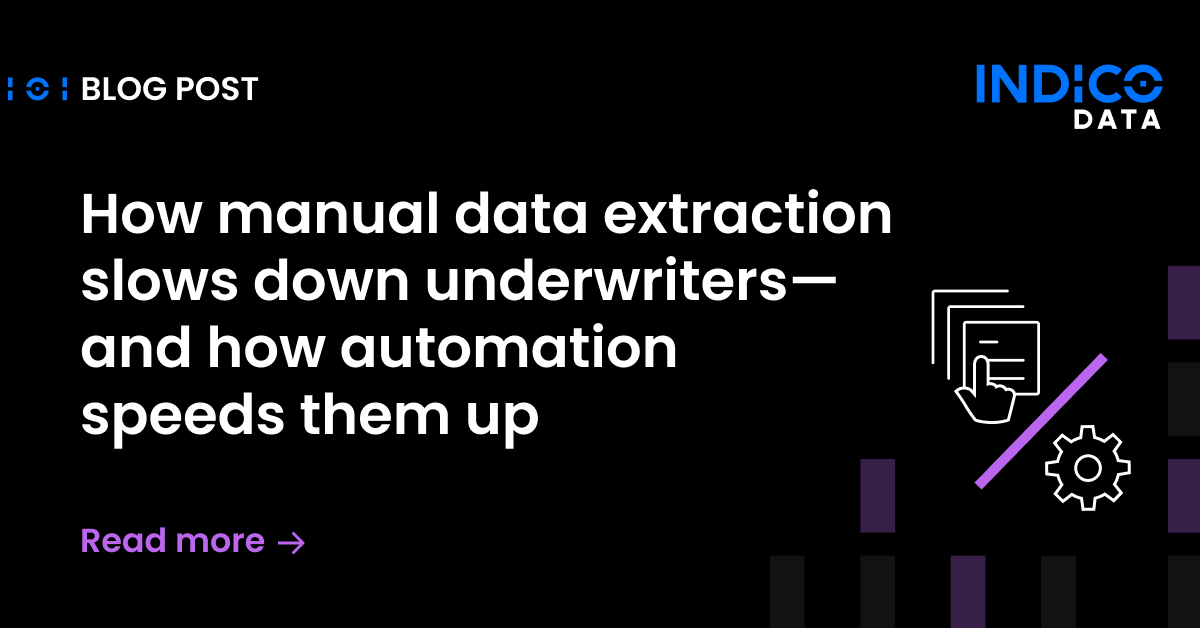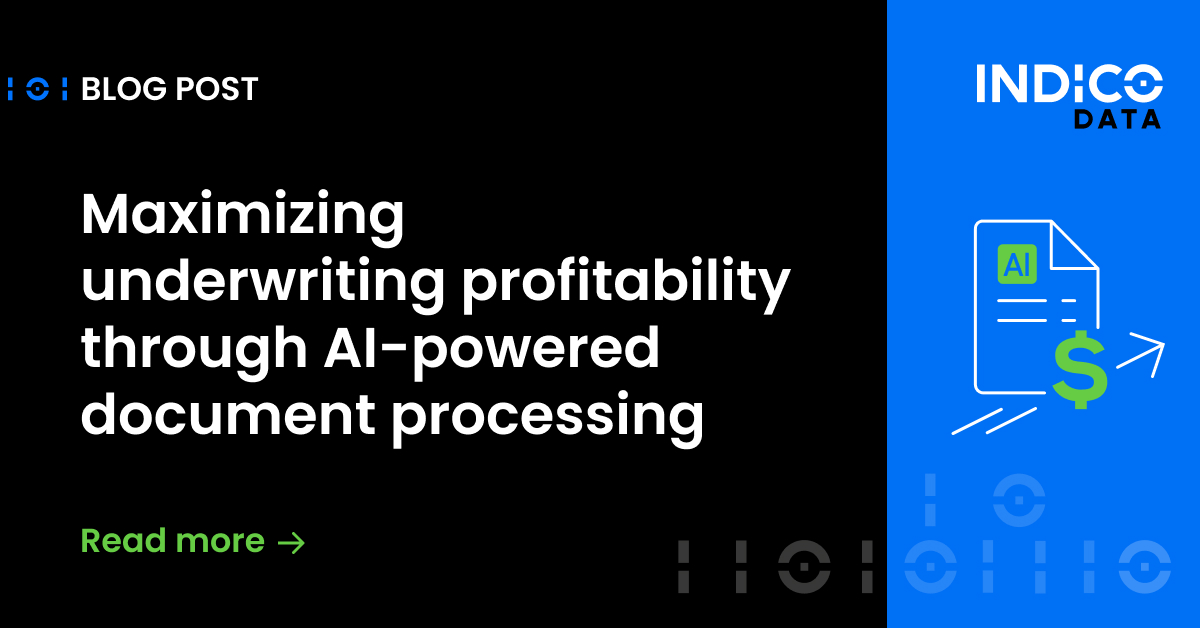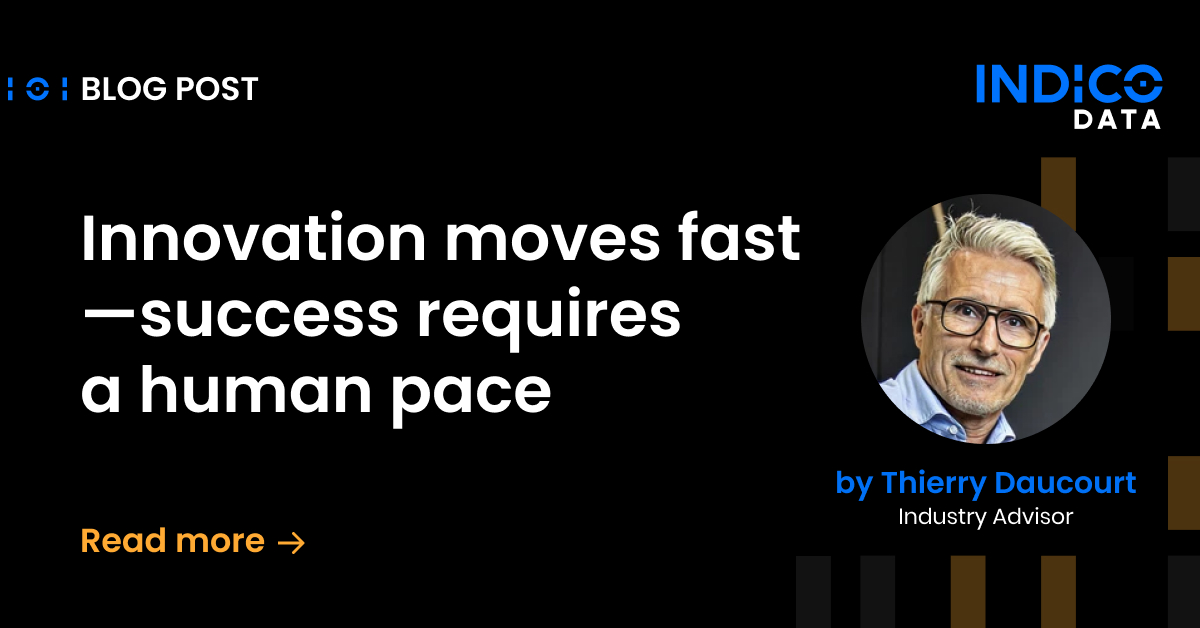A key driver of digital transformation efforts is data analytics – the ability to derive valuable business insights from mountains of data. While many have tried to use robotic process automation (RPA) tools for data analytics, these efforts inevitably stall. The reason: RPA can’t process unstructured data. You need another way to unlock the power of unstructured enterprise data.
RPA robots are useful only when data is highly structured, such as in databases and spreadsheets. If you can predict where relevant data will be in a document, you can build an RPA robot to extract it. All it takes is a template that defines what data you want to pull out. Then the RPA bot can automate the process of finding the data, extracting it, and inputting it into a downstream system.
So, if you only need to extract data from databases and spreadsheets and input it into an analysis tool, RPA will fit the bill.
Related content: Supercharge your business intelligence by unlocking the power of unstructured data
The unstructured data challenge
But analysts say anywhere from 80% to 90% of all data is unstructured. Think Word documents, emails, PDFs, photos, PowerPoint presentations, videos, call center or legal transcripts, and more. (For more detail on unstructured data vs. structured and semi-structured, see this previous post.) Since RPA can’t deal with unstructured data, it isn’t useful for most data in your company.
And there is no such thing as an unstructured data analytics tool. Before you can analyze unstructured data, you must put it in a structured format.
It’s hard to overstate the size of the problem because we’re creating data at an astounding rate. The total amount of data we create, capture, copy and consume globally is forecast to increase rapidly, reaching 64.2 zettabytes in 2020, according to Statista. In 2025, global data creation is projected to grow to more than 180 zettabytes.
Not surprisingly, storage capacity is likewise proliferating. From 2020 to 2025, Statista estimates storage capacity will increase at a compound annual growth rate of 19.2%.
So, you’re generating and storing data at a rapid clip. But given up to 90% of it is unstructured, it is effectively locked up, unavailable to your analytics engine.
Related Content: 4 Ways RPA and Intelligent Automation Transform Shared Services Centers
Unstructured data analytics requires an Unstructured Data Platform
Unless you employ an Unstructured Data Platform that uses Intelligent Data Processing. An Unstructured Data Platform reads unstructured content just as your employees do, taking advantage of AI tools such as machine learning, natural language processing, and transfer learning.
An effective Unstructured Data Platform will enable you to build models that extract valuable data from almost any form of unstructured content. It then transforms the data into a structured format, allowing you to feed it to an analytics engine.
As discussed in this previous post, Gartner outlines numerous unstructured data examples and use cases for unstructured data analytics, including:
- Generating market intelligence in real-time to improve information capture and react more quickly to opportunities
- Brand loyalty and sentiment analysis
- Identifying fraud, compliance, and legal risks
- Automating information-centric structured processes to improve efficiency and quality
- Assess customer insurance claim narratives and derive feedback for new underwriting models
Unstructured data analytics can also help with laborious chores such as email classification, even automating responses. Keyword extraction can help you find themes and summarize pages of text.
Enabling citizen data scientists
You’ll have the most success with an IDP platform that’s simple enough for business people to use instead of IT. The Indico Intelligent Process Automation solution, for example, is intended to be used by business people. These are the folks on the front lines who understand best what to extract from unstructured documents.
Our solution makes it easy for business people to label documents and build models to extract data from any unstructured content. In an afternoon, they can label about 200 documents and create a working, highly effective model. We call them citizen data scientists or citizen developers.
Enabling these citizen data scientists is the only way you’ll be able to achieve the scale necessary to unlock insights from your mountains of unstructured content. Relying on IT and data science teams takes too long and often delivers less-than-stellar results. Too much gets lost in translation.
Click here to schedule a demo to learn more about how Indico can help you achieve unstructured data analytics.


